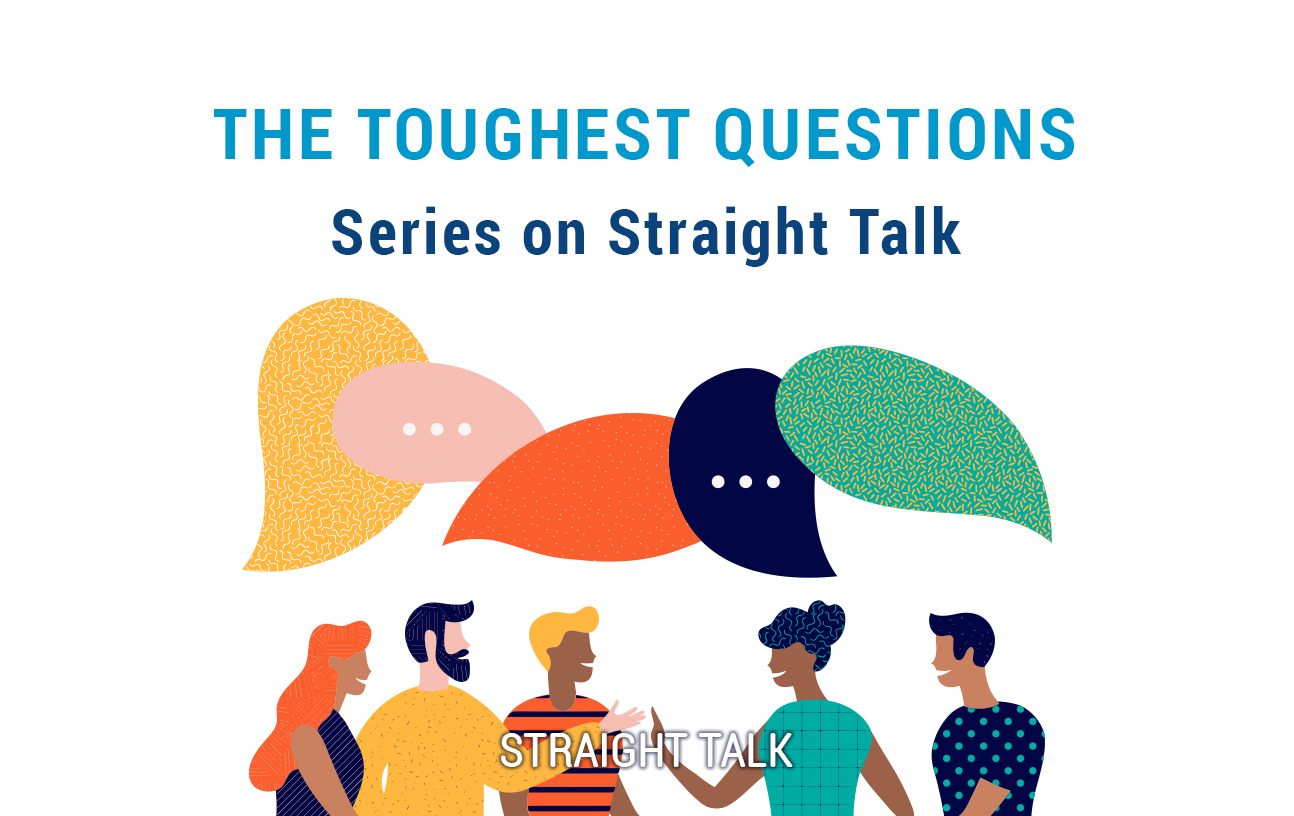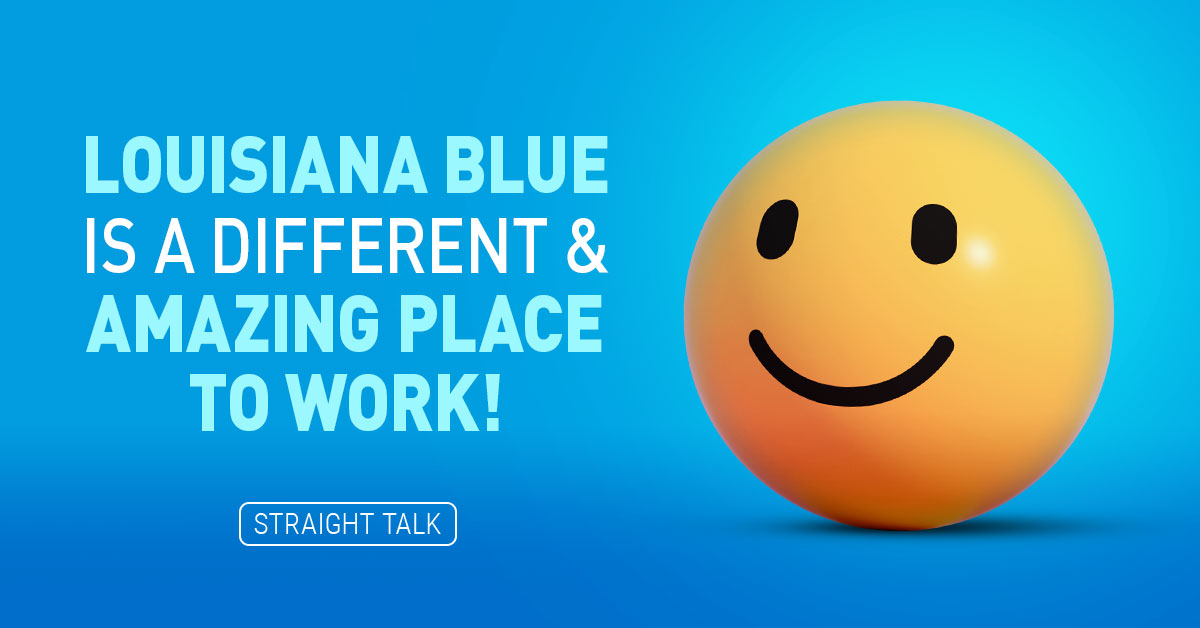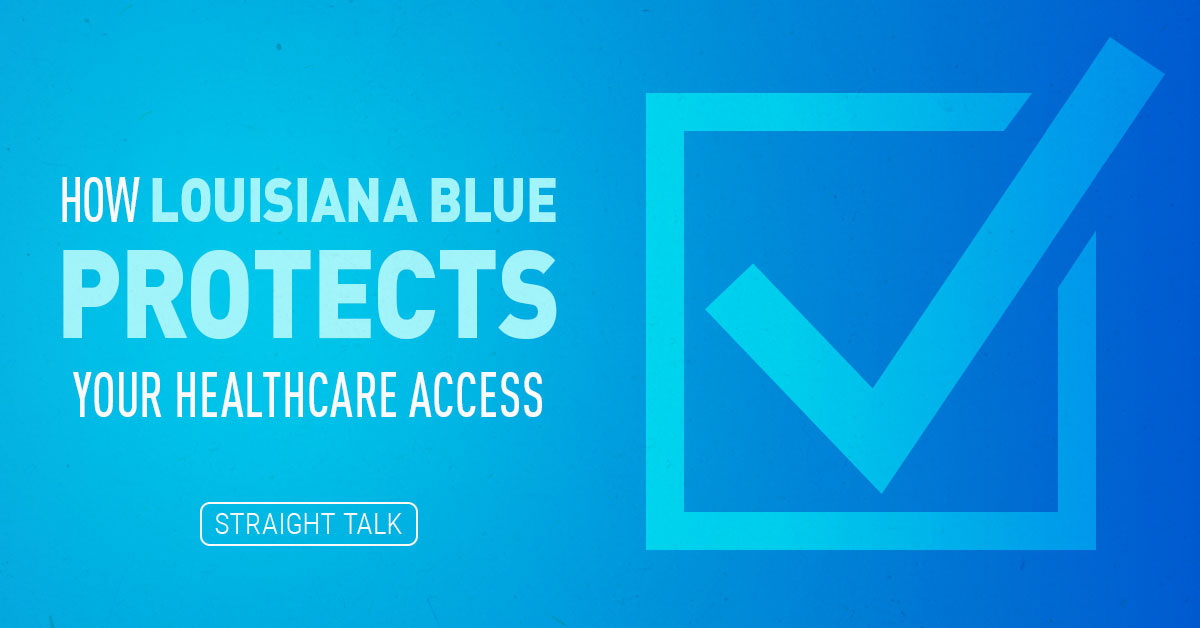In 2004, some 15 years ago, I began a new life’s journey when I accepted a position right here at Blue Cross and Blue Shield of Louisiana. Louisiana was SO different then. No Hurricane Katrina yet. No Drew Brees. No Super Bowl Championship. Nick Saban was OUR coach! And I had just moved into a brand-new house my wife designed and we built from scratch.
Know what else was different in 2004? It took only 11% of the total premiums Blue Cross took in to cover drug costs for our members. That’s right, just 11%.
Fast forward to 2018: The number last year was 25% of premiums. Yeah, you heard me, 25% – a quarter of all the premiums we take in!
What happened? How did drug costs go up so far and so fast? Why aren’t we seeing prices come down? Why are there so many middlemen in the drug business? Why is the pharmacy business so different from every other business out there?
These are meaningful, powerful questions that I’ve spent many months studying, and I’m ready to start letting you guys know what I’ve discovered. The pharmacy business is massive, complex to the point of being opaque (like a brick wall), and critical to the survival of all of us. So, it is important that we get better and more information about these critical questions. Up for a series? I’m going to tackle the tough questions I frequently get asked about pharmacy. Here we go!
Tough Question 1: “Mike, why the heck are drugs so expensive?”
The only way to really answer this question is to gain a better understanding of the drug business itself. As I researched more and more into the pharmaceutical business, I found some jaw-dropping statistics.
Globally, in 2018, drug companies sold $982 BILLION worth of drugs. Yep, almost $1 trillion! When I went into this area of study, I had an impression of a few gigantic companies controlling the drug trade all over the planet — monoliths battling each other in a business where one point of market share is worth $9.8 BILLION. Like Game of Thrones, but with drugs instead of dragons.
But I was wrong. The pharmaceutical manufacturing business is WAY more fractured than I thought. Check this out:
What this graph shows is the BEGINNING of our understanding as to why the pharmaceutical business is so fractured, opaque and expensive.
How many manufacturers are there?
There are literally THOUSANDS of companies out there making and selling the drugs we use every day, which our doctors prescribe for us. Not four or five giant companies, THOUSANDS.
To give you a feel for how that works, let’s take the drug list covered by an average Blue Cross and Blue Shield of Louisiana health insurance plan. The drugs we cover are often mandated by federal or state law, using examples set by Medicare that comply with good medical science.
Guess how many manufacturers you have access to with a standard Blue Cross health plan here in Louisiana? Guess how many of them it took to build a single drug list for one health insurance carrier in 2019?
Yep, it takes about 1,200 companies just to provide the drugs for Blue Cross health insurance customers. And it really doesn’t matter if you are on Medicare Part D, Medicaid or private coverage; the number of drug companies involved is about the same.
Notice on my chart that the BIGGEST drug company only had 6% of sales, or market share, in 2018. The biggest one. Almost 60% of the market share is split among thousands of other drug companies.
What does this have to do with the price of drugs?
Those 1,200 companies are part of the pricing problem. Try to imagine for a minute you work for a car dealership, and you are a complete free agent, i.e. you can cut deals with any company that makes any car there is. Now try to imagine a world where 1,200 companies made cars you could buy! Think about all different features, owner’s manuals you’d have to learn and parts you’d have to stock!
How on EARTH would you know which cars to buy? And a car is not typically something you need to stay alive, but your medicine typically is. Complexity = cost, in this case times 1,200!!
Now, think about your insurance company. Last year, here at Blue Cross, we bought, on behalf of our members, about $900 million worth of drugs from 1,200 different drug companies. Can you imagine how much extra it would cost us to negotiate and maintain contracts with that many companies?
And we are not a large purchaser by global standards (remember — $982 BILLION). The federal government has set strong limits on how much of your premiums we and other health plans can spend on anything other than medical care or drugs (operational and administrative costs, like salaries, utilities and advertising). Typically, our entire workforce expenses run about 7% of your premiums. What we can’t get done, inside that 7%, is negotiate 1,200 drug contracts with 1,200 different drug companies. Can you imagine? There’s simply no way. We have to call in help, and we’ll talk about that help in the next installment.
Why don’t the big drug companies buy up all the little ones?
After all, this happens in other industries, right? Well, what I’ve discovered in my drug industry research is that it is VERY difficult for one pharmaceutical company to buy another one. That’s because putting a VALUE on a drug company is very, very hard.
Most of those thousands of companies don’t have big blockbuster drugs on the market already. Most of them are shepherding drugs still in development through that process, or still selling older drugs that have been on the market a long time. Just because a company has invested $1 billion in trying to get a drug to market does NOT mean another drug company would pay them $1 billion for it. In fact, it may end up being worthless. Nine out of 10 drugs that start production are never sold in the big marketplace because they either didn’t work or had too many side effects.
After all the failures, the average price to bring a drug to market in 2018 was more than $2.5 BILLION! That’s a lot of misfires on the way to the next miracle cure.
Can you recap just why are drugs so expensive?
- The pharmaceutical research and manufacturing business is WAY more fragmented than you might expect, with 2,000+ companies making and selling drugs today.
- The total drug sales in one year is a huge amount of money –$982 billion in 2018.
- To get a single drug to market costs more than $2.5 billion on average. Most drugs in development never even get to market.
- For insurance companies to build valid insurance plans in the U.S. with drug coverage means doing business with at least 1,200 different drug companies. This means complexity and costs.
- While health insurance as originally designed did not cover drugs at the pharmacy, Federal and state regulations today require insurance companies to cover many, many categories of drugs in their plans. Because insurance companies and government agencies have lots of money, drug companies can charge a lot for their products and expect to get paid. In countries where insurance doesn’t cover prescription drugs (like most of Canada) drugs are cheaper at the pharmacy.
We’re just getting started on the drug business in this series. We’ve barely scratched the surface.
Next, I want to talk in some detail about the vendors insurance companies hire to do the administrative work of dealing with the thousands of drug companies and contracts it takes to build a valid health insurance plan under current law. You might not know that your health insurance company has hired one of these companies that specializes in negotiating with drug manufacturers. More than 98% of all prescriptions written in 2018 were completed under a contract negotiated by these vendors called Pharmacy Benefit Managers (PBMs). We’ll tackle them in an upcoming Straight Talk.







Thanks! Valuable information and without sharing your obvious extensive research, we would get media sound bites biased both ways leaving everyone more confused than ever. Great Graph!
Floyd!
Thanks so much for weighing in on Pharma 101. The reality is that almost all the noise we hear about drug prices, both from the manufacturers, PBM’s, pharmacists and politicians is nonsense they are skewing to obtain the best advantage they can get.
The reality is, we have a rather dysfunctional market because the normal consolidation we would see in such a valuable industry is hindered by the way drugs are created and the massive investments it requires to bring them to market.
Putting a value on those drugs in a developmental stage so that consolidation and acquisition can move forward is bang difficult.
Thus we have 2,000 or so drug companies supplying all the different drugs we use here in the US. When I saw that a simple, state and federally approved BCBSLA formulary has almost 1,200 suppliers represented, I knew we were onto something.
Thanks for playing!…mrb
Fascinating! I’m really interested to learn how the distributors impact the market. There is a lot of discussion about them in the news based on the opioid epidemic. How much money are they getting from the huge cost increases? I also wonder what role they play with PBMs?
Very informative always wanted to know what is going on with drug prices.